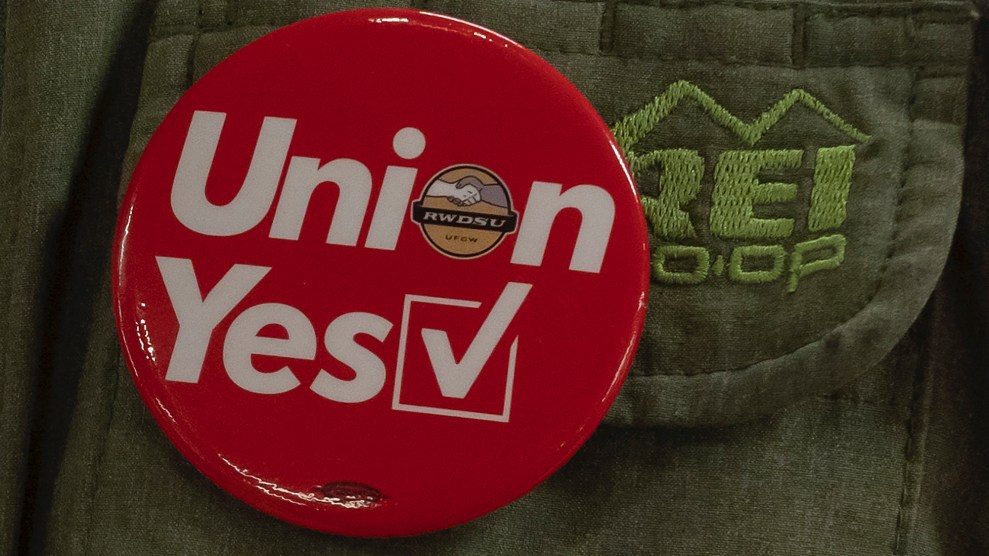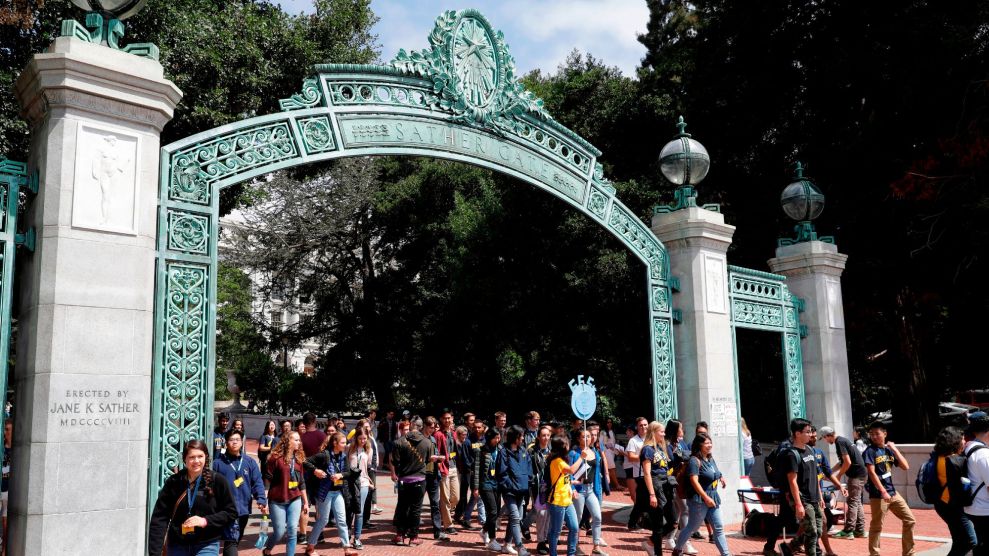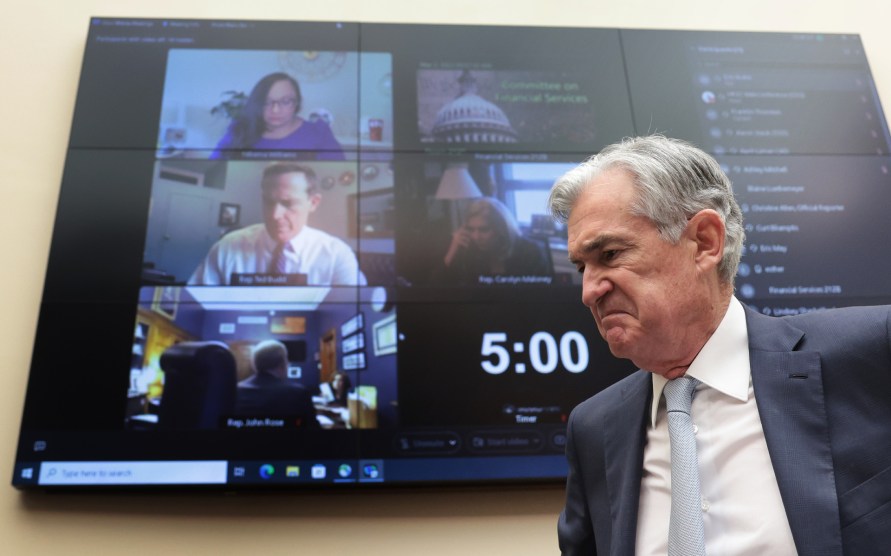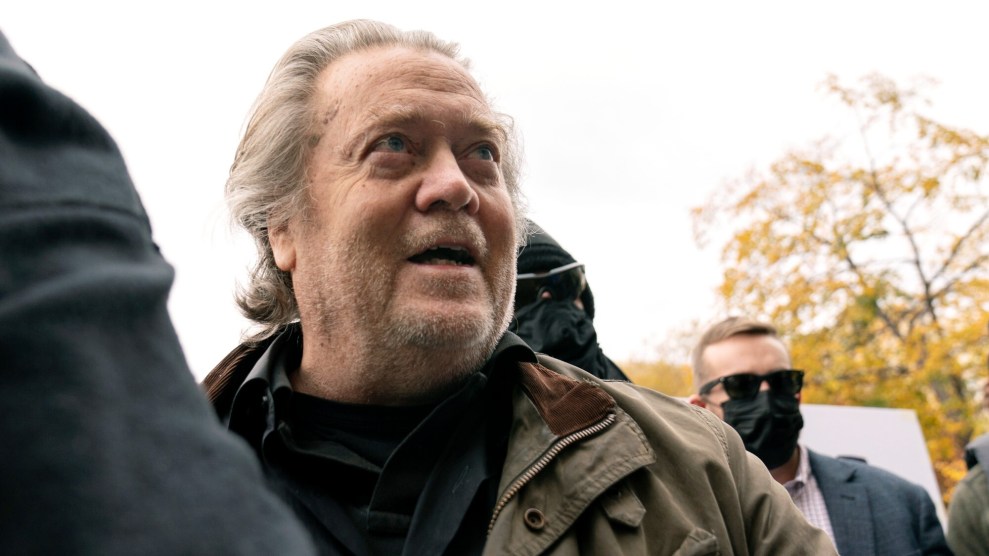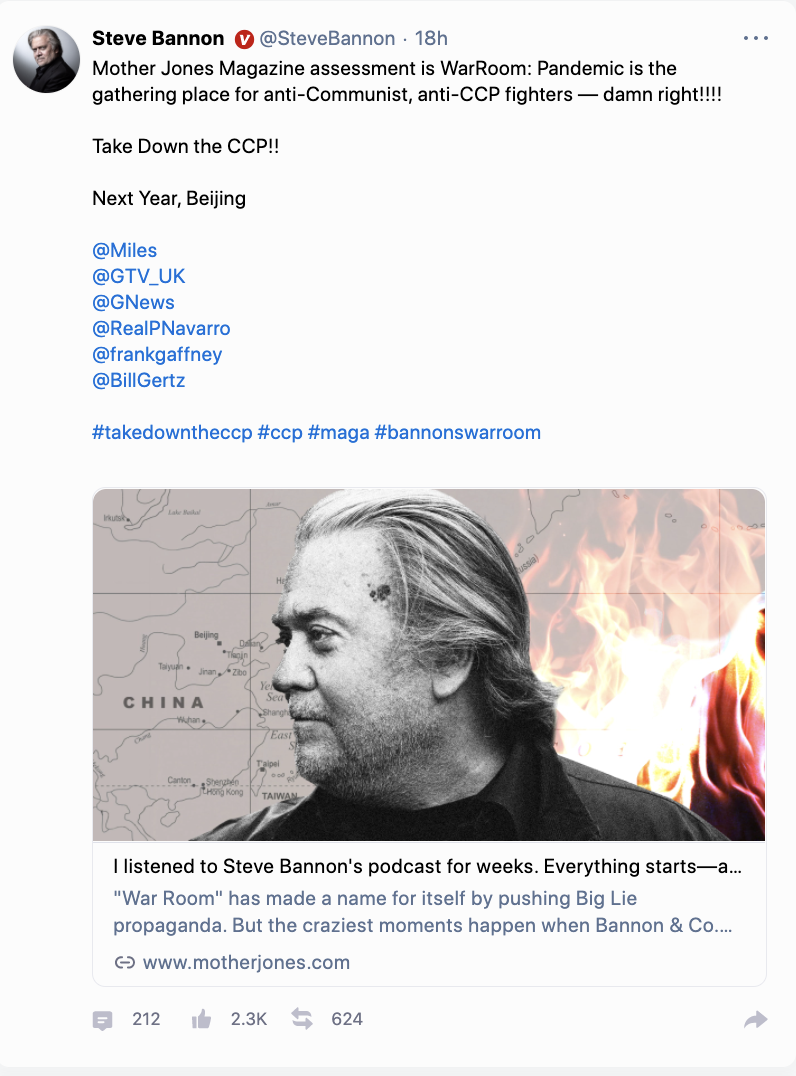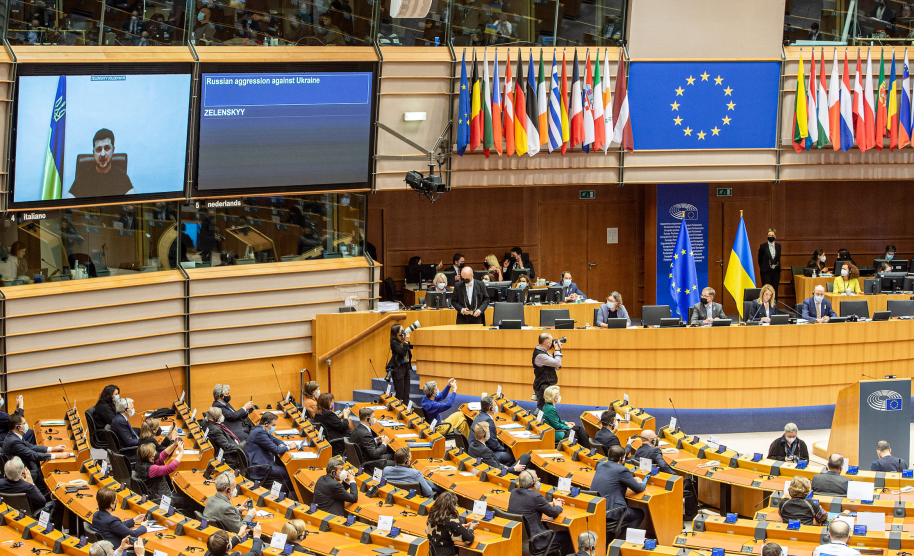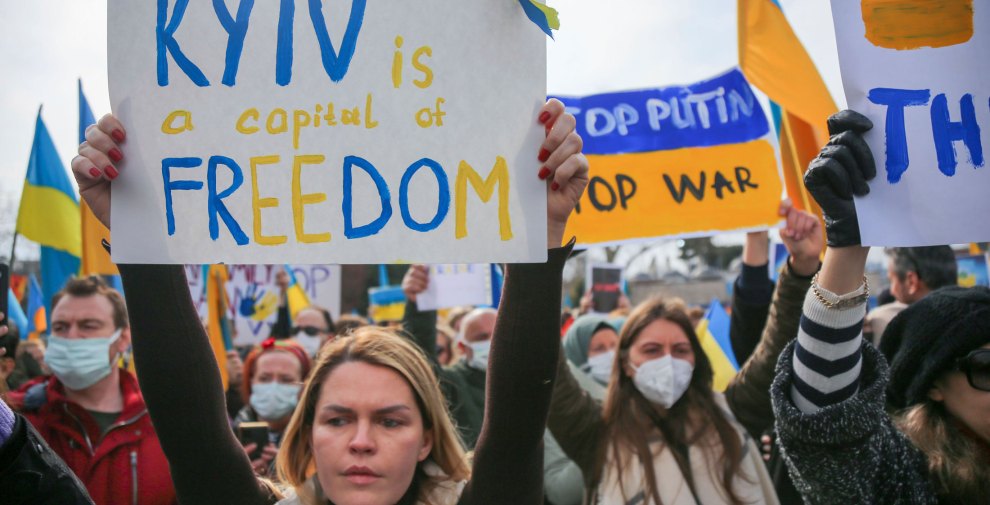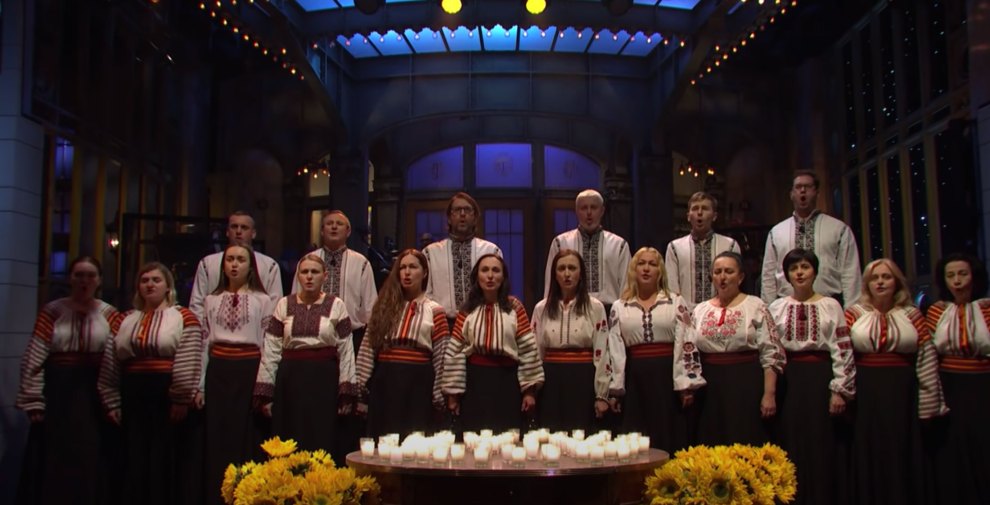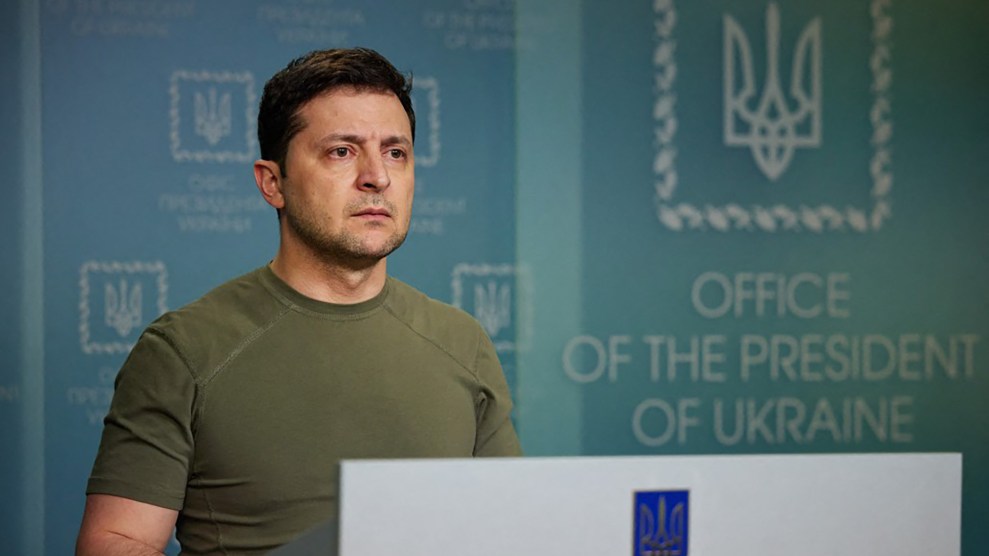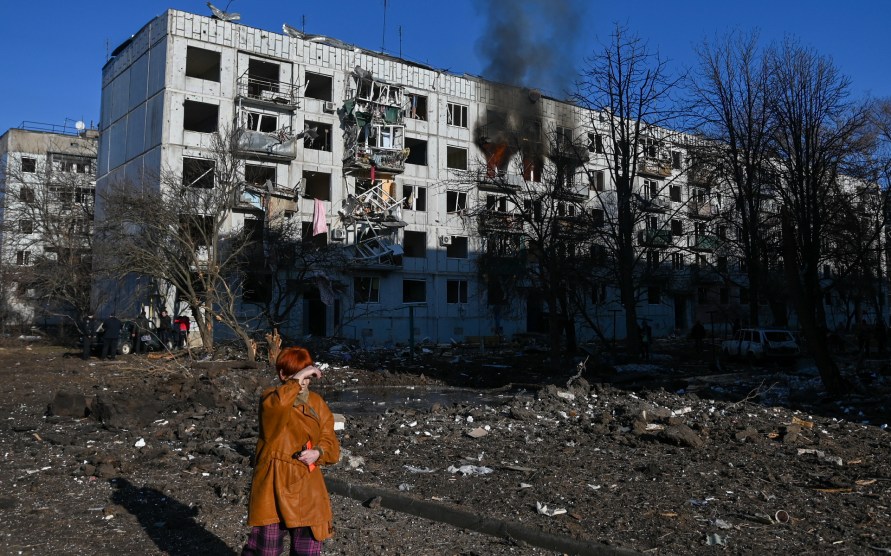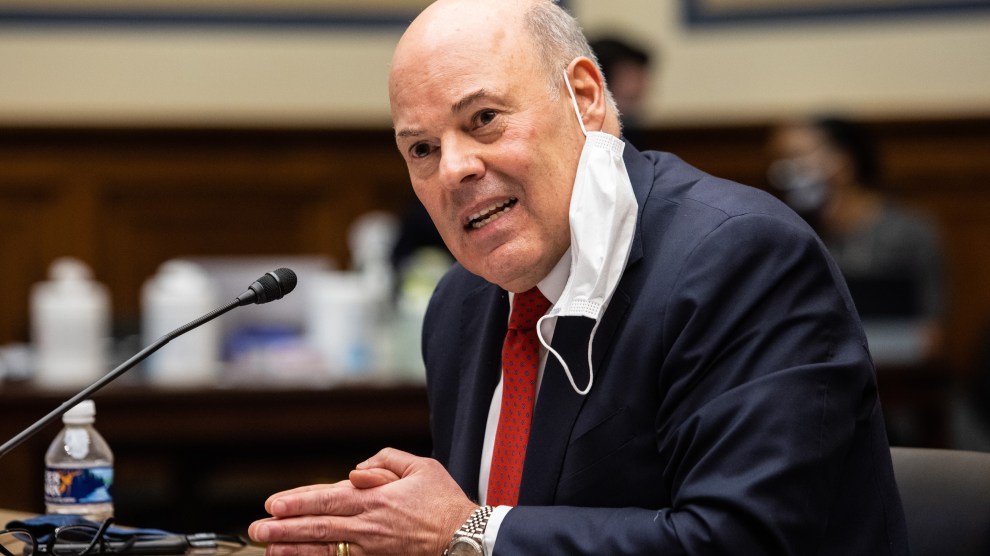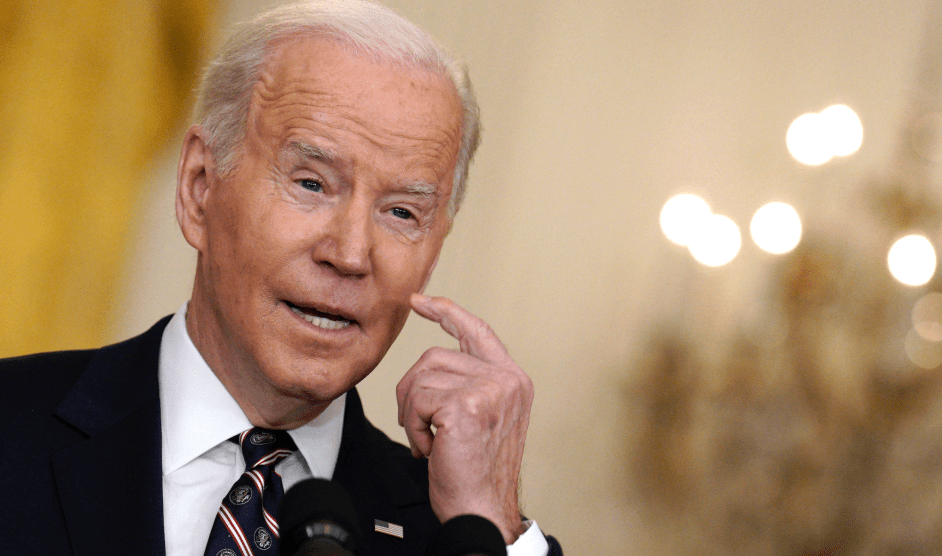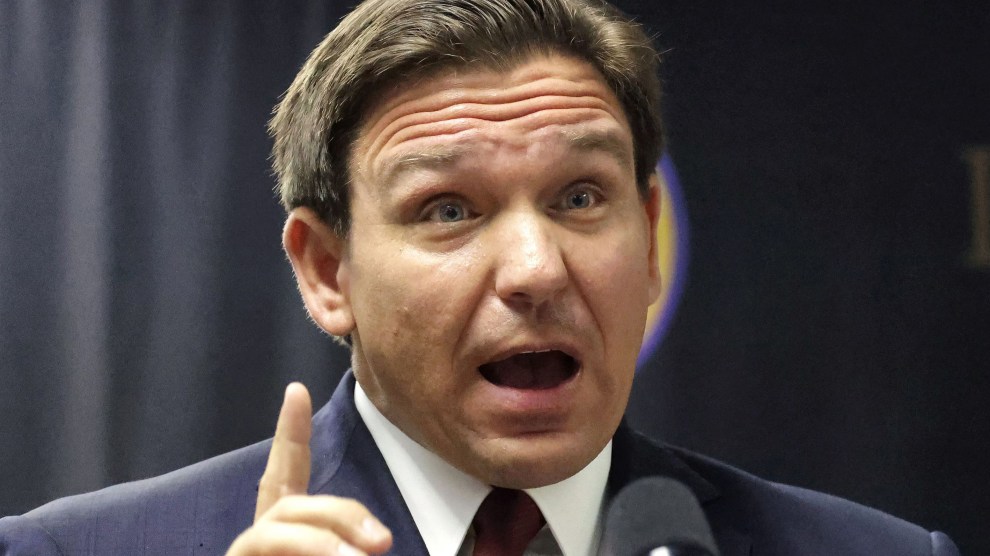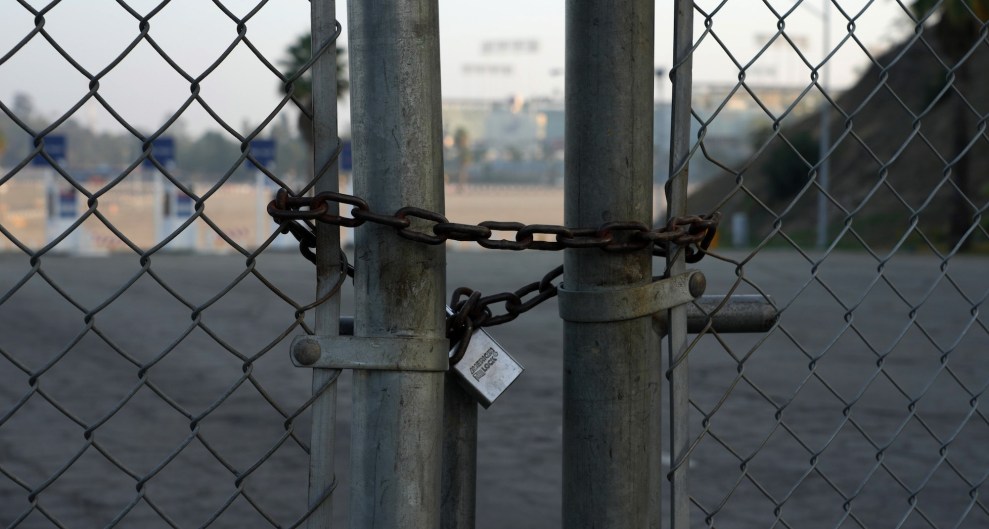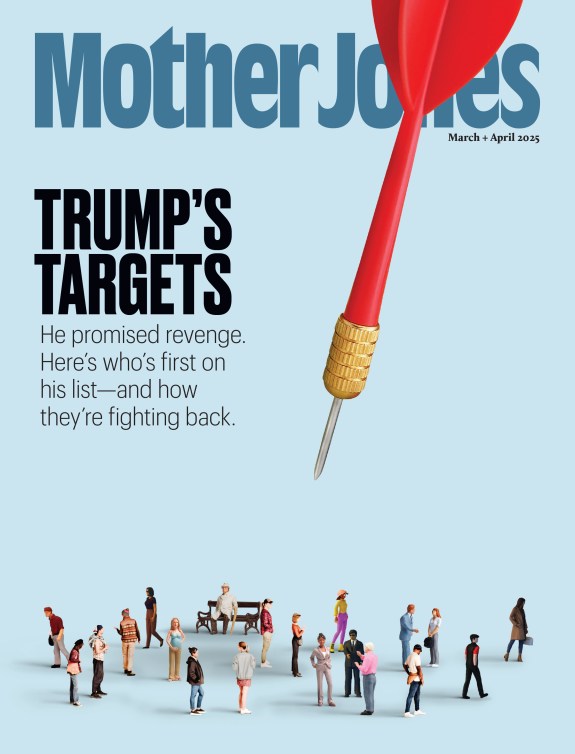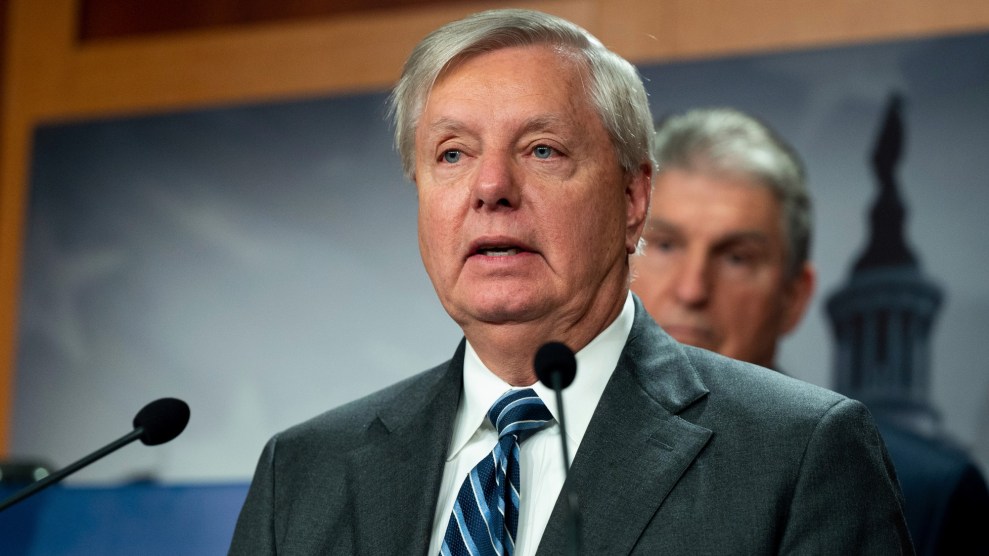
Michael Brochstein/Sipa USA
Being on Twitter this past week has required a herculean supply of patience. Since Russia’s invasion of Ukraine, no shortage of extremely dumb takes have graced the timeline, few more dumbfounding than the various people asking—because why not?—if we could just bomb Russia or shoot down its jets. Certainly the idea of a quick ending to a needless war sounds appealing—that is, if you somehow manage to forget that Russia is a nuclear power.
No one seems to have run these crucial facts by Sen. Lindsey Graham (R-S.C.), who took to Twitter on Thursday night to argue this:
The only people who can fix this are the Russian people.
Easy to say, hard to do.
Unless you want to live in darkness for the rest of your life, be isolated from the rest of the world in abject poverty, and live in darkness you need to step up to the plate.
— Lindsey Graham (@LindseyGrahamSC) March 4, 2022
Your eyes are not deceiving you. A US lawmaker is calling for regime change by tweet.
No one needs to defend Vladimir Putin—though some of Graham’s colleagues on the right have certainly tried—but the notion that Russia would be inherently safer or more stable with him out of the picture is too credulous by half. One need only look at the power vacuums that formed in countries where recent, US-backed interventions took out dictators (Iraq, Libya) to see what took their place (ISIS, a devastating civil war).
On Friday, Graham went on Fox News to defend his comments. “The Russian people are not our enemy,” he said. “I’m convinced it’s a one-man problem surrounded by a few people.”
Putin’s war has already led to needless death in Ukraine and devastation for his own people, whose economy is in tatters. But a Russia without Putin is no guarantee of peace or stability. No less a figure than Rep. Marjorie Taylor Green (R-Ga.), fresh off of her appearance at a white nationalist conference, said Graham’s idea was “irresponsible, dangerous & unhinged.” She may not know the difference between gazpacho and the Gestapo, but Green is correct there. (If you can get Green, Rep. Ilhan Omar (D-Minn.), and Sen. Ted Cruz (R-Texas) to all agree your idea is bad, maybe rethink it!)
Graham and others arguing for a tidy, violent solution to Putin’s reign would do well to remember what became of Brutus and others like him—spoiler alert: it didn’t go well. Killing Caesar did not stop ancient Rome’s descent into one-man rule. Envisioning a better world is great. Making it happen is more difficult and, often, more unpredictable. Or, as Graham may have put it: “Easy to say, hard to do.”

